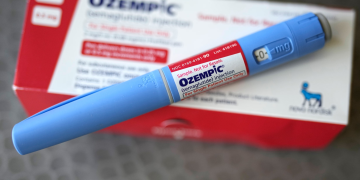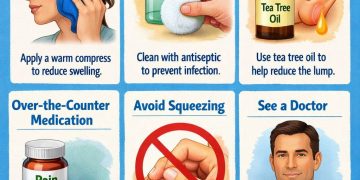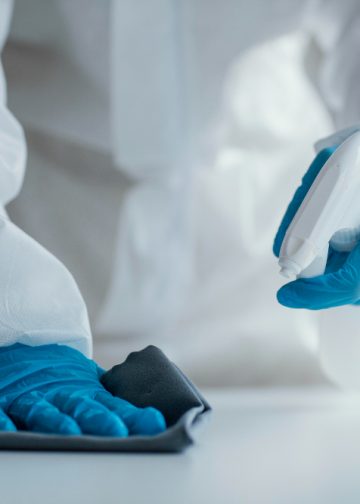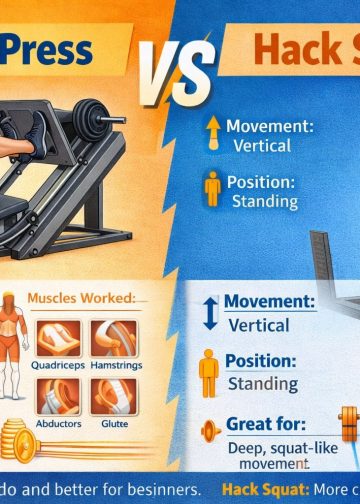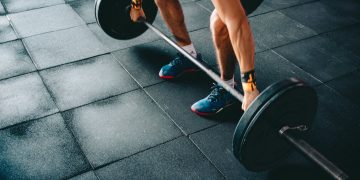Key Takeaways
- Copper is essential for energy production, immune support, brain function, and skin health.
- Adults need around 900 mcg of copper daily, with slightly higher needs for pregnant and breastfeeding women.
- Copper deficiency can cause fatigue, pale skin, poor immunity, and nerve problems.
- Copper excess (usually from supplements or water contamination) can harm your liver and cause nausea or mood changes.
- Top copper-rich foods include oysters, liver, cashews, lentils, dark chocolate, quinoa, mushrooms, and leafy greens.
- A varied, whole-food-based diet can help meet your copper needs without supplements.
The human body cannot always feel the same as it did in the 20s. That’s why the right nutrition is important to keep your mind and body healthy. One such nutrient that often stays under the radar is copper, and it plays a surprisingly crucial role in supporting brain function. This guide will walk you through everyday foods that are packed with copper, and tailored to suit your age, goals, and taste preferences.
Why Is Copper Important For Your Body?
Copper is necessary for keeping your body running smoothly. It plays a key role in forming red blood cells, boosting your immune system, and helping your body absorb iron. If you don’t get enough copper, your body struggles to produce the enzymes necessary for energy, maintaining strong bones, and protecting your nerve cells.
As we age, the risk of deficiencies increases, making it even more crucial to add copper-rich foods to your diet. Copper supports brain health by enhancing neurotransmitter function and fighting oxidative stress. Plus, it’s great for your skin, as it aids in collagen production, which helps maintain elasticity and reduce the signs of aging.
But copper isn’t just about beauty and brainpower; it’s also vital for heart health. It helps keep your blood vessels in good shape, which can lower the risk of cardiovascular problems. A balanced intake of copper also supports your metabolism and overall cellular health.
Even though your body only requires small amounts of copper, it’s important not to overlook it. By including the right foods in your meals, you can easily meet your daily copper needs and promote long-term wellness. In a nutshell, copper is needed in tiny amounts, but its effects on your health are anything but small.
Daily Copper Requirements: How Much Do You Need?
Copper is only needed in small amounts, and getting the right quantity throughout your life is crucial for well-being. For infants up to 6 months, the daily requirement is about 200 micrograms (mcg), while babies aged 7 to 12 months need a bit more at 220 mcg. As kids grow, their copper needs increase too. Children between 1 and 3 years should aim for 340 mcg, and those aged 4 to 8 require 440 mcg. From ages 9 to 13, the daily intake jumps to 700 mcg.
For teenagers and adults, the recommended daily intake is between 890 mcg and 900 mcg. Generally, both women and men need similar amounts, but pregnant or breastfeeding women should bump their intake up to 1,000 to 1,300 mcg to support their baby's growth and development.
Not getting enough copper leads to fatigue, a weakened immune system, or even bone problems. The silver lining? With a well-rounded diet, it's pretty straightforward to meet your daily copper needs and keep your body running smoothly.
What Are The Signs Of Copper Deficiency And Excess?
Too little or too much of copper leads to some pretty noticeable health issues.
Signs Of Copper Deficiency
Copper deficiency is sneaky as it often creeps in without you even noticing. Yet, it leaves a significant impact on several vital systems in the body. One of the first signs someone with copper deficiency will notice is feeling unusually tired or low on energy, since copper is crucial for energy production. In worst cases, people also find themselves getting sick more often or feeling like your immune system isn’t quite up to par, as copper plays a key role in battling bacteria and viruses.
Another telltale sign is having pale skin or noticing your hair graying earlier than expected, which happens due to a drop in melanin and red blood cell production. Some folks have even experienced numbness or tingling in their hands and feet, indicating nerve damage linked to low copper levels. Over time, you could also face joint pain, weakened bones, and even issues with memory or concentration.
Signs Of Copper Excess
While it's true that copper deficiency is more common, you shouldn't overlook the fact that copper toxicity occurs too—especially from supplements or contaminated water. Early symptoms include nausea, vomiting, abdominal pain, and diarrhea. If too much copper accumulates, it leads to serious damage to the liver and kidneys. Just notice your skin turning yellow (a condition known as jaundice) or feel an unexplained fatigue as your organs struggle to cope with the excess.
In rare instances, a buildup of copper in the brain can lead to mood swings, irritability, or even depression, particularly in conditions like Wilson’s disease.
Top Food Sources Rich In Copper
Seafood High In Copper
- Oysters are at the top of the list when it comes to copper content. Just 100 grams (about 3.5 ounces) can give you over 7 milligrams of copper, more than seven times what you need in a day! Plus, they’re loaded with zinc and vitamin B12.
- Crustaceans like lobster and crab are fantastic sources of copper too. A 100-gram serving of lobster packs around 0.7 mg of copper, while crab offers about 0.5 mg. Use them into your meals for a delicious and healthy copper boost.
- Squid & Octopus are also rich in copper and provide lean protein, making them great for your heart and brain health.
Organ Meats Loaded With Copper
- Chicken liver and kidneys have a milder taste, but they’re still packed with copper. Just a small serving once a week can usually cover your copper requirements.
Nuts And Seeds That Pack A Punch
- Cashews are really tasty and equipped with copper! Just one ounce (around 28 grams) gives you about 0.6 mg of this essential mineral. They make a fantastic snack on their own or can be tossed into salads and stir-fries for an extra crunch.
- Sunflower and sesame seeds are great sources of copper too, offering about 0.5 mg per ounce. They’re super easy to add to your oatmeal, yogurt, or smoothie bowls for a little extra nutrition.
- Almonds & Walnuts are good too. While they don’t pack as much copper as cashews, almonds and walnuts still provide a nice little boost of this mineral to your diet.
Legumes And Pulses
- When cooked, lentils pack in about 0.25 mg of copper for every cup. Plus, they’re a fantastic source of protein, fiber, and iron—making them especially valuable for those following vegetarian or vegan diets.
- Chickpeas offer roughly 0.35 mg of copper per cup and are super versatile. You can toss them into curries, salads, or whip up some delicious homemade hummus.
- Soybeans & Black Beans are not only rich in plant-based protein but also provide a healthy dose of copper, making them a go-to choice for anyone mindful of their copper intake.
Whole Grains & Cereals
- Quinoa truly deserves its title as a super grain! Just one cup of cooked quinoa packs in about 0.4 mg of copper. Plus, it’s gluten-free and loaded with essential amino acids.
- When it comes to breakfast, oats and barley are fantastic options, offering around 0.3–0.5 mg of copper per cup. They make for a hearty and nutritious start to your day.
- Buckwheat and brown rice also bring a decent amount of copper to the table, making them wonderful additions to a whole-foods-based diet.
Fruits And Vegetables Containing Copper
- Did you know that each avocado packs about 0.2 mg of copper? They're not just nutritious; their creamy texture makes them a fantastic addition to toast, salads, or even smoothies.
- If you're a fan of mushrooms, varieties like shiitake and portobello can give you around 0.5 mg of copper in just one cooked cup.
- Spinach, kale, and Swiss chard are not only loaded with copper but also come with a host of other minerals like iron and magnesium.
- Asparagus & sweet potatoes give a gentle boost of copper while also being rich in vitamins A and C, which are great for helping your body absorb minerals.
Chocolate And Cocoa Products
- Who says being healthy can't feel like a treat? Just one ounce of dark chocolate packs in about 0.9 mg of copper. For the best health perks, go for chocolate that has at least 70% cocoa content.
- Unsweetened cocoa powder is another great option. Toss it into your smoothies, oatmeal, or healthy desserts to create a delicious, copper-rich delight.
Other Everyday Copper Sources
- Tofu – A fantastic option for vegetarians, it packs a decent amount of copper along with protein.
- Shellfish – Mussels and clams are also rich in copper.
- Potatoes – Another staple food that provides small amounts of copper, especially in the skin.
Conclusion
Copper is an unsung hero of one’s nutrition! The great news is that you can easily hit your daily copper needs just by enjoying a varied diet.







